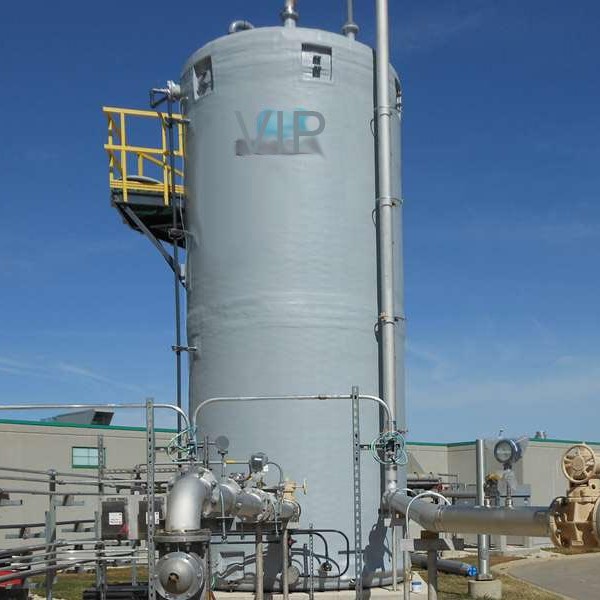
-
 Afrikaans
Afrikaans -
 Albanian
Albanian -
 Amharic
Amharic -
 Arabic
Arabic -
 Armenian
Armenian -
 Azerbaijani
Azerbaijani -
 Basque
Basque -
 Belarusian
Belarusian -
 Bengali
Bengali -
 Bosnian
Bosnian -
 Bulgarian
Bulgarian -
 Catalan
Catalan -
 Cebuano
Cebuano -
 China
China -
 China (Taiwan)
China (Taiwan) -
 Corsican
Corsican -
 Croatian
Croatian -
 Czech
Czech -
 Danish
Danish -
 Dutch
Dutch -
 English
English -
 Esperanto
Esperanto -
 Estonian
Estonian -
 Finnish
Finnish -
 French
French -
 Frisian
Frisian -
 Galician
Galician -
 Georgian
Georgian -
 German
German -
 Greek
Greek -
 Gujarati
Gujarati -
 Haitian Creole
Haitian Creole -
 hausa
hausa -
 hawaiian
hawaiian -
 Hebrew
Hebrew -
 Hindi
Hindi -
 Miao
Miao -
 Hungarian
Hungarian -
 Icelandic
Icelandic -
 igbo
igbo -
 Indonesian
Indonesian -
 irish
irish -
 Italian
Italian -
 Japanese
Japanese -
 Javanese
Javanese -
 Kannada
Kannada -
 kazakh
kazakh -
 Khmer
Khmer -
 Rwandese
Rwandese -
 Korean
Korean -
 Kurdish
Kurdish -
 Kyrgyz
Kyrgyz -
 Lao
Lao -
 Latin
Latin -
 Latvian
Latvian -
 Lithuanian
Lithuanian -
 Luxembourgish
Luxembourgish -
 Macedonian
Macedonian -
 Malgashi
Malgashi -
 Malay
Malay -
 Malayalam
Malayalam -
 Maltese
Maltese -
 Maori
Maori -
 Marathi
Marathi -
 Mongolian
Mongolian -
 Myanmar
Myanmar -
 Nepali
Nepali -
 Norwegian
Norwegian -
 Norwegian
Norwegian -
 Occitan
Occitan -
 Pashto
Pashto -
 Persian
Persian -
 Polish
Polish -
 Portuguese
Portuguese -
 Punjabi
Punjabi -
 Romanian
Romanian -
 Russian
Russian -
 Samoan
Samoan -
 Scottish Gaelic
Scottish Gaelic -
 Serbian
Serbian -
 Sesotho
Sesotho -
 Shona
Shona -
 Sindhi
Sindhi -
 Sinhala
Sinhala -
 Slovak
Slovak -
 Slovenian
Slovenian -
 Somali
Somali -
 Spanish
Spanish -
 Sundanese
Sundanese -
 Swahili
Swahili -
 Swedish
Swedish -
 Tagalog
Tagalog -
 Tajik
Tajik -
 Tamil
Tamil -
 Tatar
Tatar -
 Telugu
Telugu -
 Thai
Thai -
 Turkish
Turkish -
 Turkmen
Turkmen -
 Ukrainian
Ukrainian -
 Urdu
Urdu -
 Uighur
Uighur -
 Uzbek
Uzbek -
 Vietnamese
Vietnamese -
 Welsh
Welsh -
 Bantu
Bantu -
 Yiddish
Yiddish -
 Yoruba
Yoruba -
 Zulu
Zulu
Exploring the Benefits and Applications of FRP Fittings in Modern Construction Projects
Understanding FRP Fittings A Comprehensive Overview
In today's rapidly evolving construction and engineering landscape, Fiber Reinforced Polymer (FRP) composites have gained increasing attention due to their superior properties and versatility. Among the various components utilized in FRP applications, FRP fittings play a vital role. This article delves into the attributes, benefits, applications, and considerations associated with FRP fittings.
What are FRP Fittings?
FRP fittings are essential components made from advanced composite materials that consist of polymer matrices reinforced with fibers, typically glass or carbon. These fittings are designed to connect pipes, tubes, and other structural elements, providing solutions for a wide range of applications, including water treatment, chemical processing, and construction. The lightweight nature, corrosion resistance, and high strength-to-weight ratio of FRP fittings make them preferable in environments where traditional materials like steel or PVC would fail or require regular maintenance.
Advantages of FRP Fittings
One of the primary benefits of FRP fittings is their resistance to corrosion. Unlike metal fittings that can suffer from rust, oxidation, and fatigue over time, FRP components maintain their integrity in harsh environments, including exposure to chemicals, seawater, and varying temperature conditions. This corrosion resistance leads to extended service life and lower maintenance costs, making FRP fittings a cost-effective solution in the long run.
Moreover, the lightweight characteristic of FRP is exceptionally advantageous during installation. This reduces transportation costs and labor requirements as fewer personnel are needed for handling and assembly. In addition, due to their excellent mechanical properties, FRP fittings can withstand significant loads and stresses without compromising structural integrity.
Applications of FRP Fittings
FRP fittings are employed in various industries due to their adaptability and reliability. In the water and wastewater sector, they are used for piping systems designed to transport corrosive fluids. This includes applications in municipal water treatment plants, where they facilitate the movement of chemicals and processed water without deteriorating over time.
frp fittings

In the chemical industry, FRP fittings are ideal for handling aggressive chemicals, solvents, and acids that would typically corrode metal fittings. Their non-reactive nature makes them sensible choices for storage tanks, piping, and containment vessels.
Moreover, FRP fittings are becoming increasingly popular in the construction sector, especially for reinforcing structures that require both strength and durability. They can be utilized in bridge construction, tower supports, and modular buildings, showcasing their versatility across diverse applications.
Considerations When Using FRP Fittings
While the advantages of FRP fittings are plentiful, there are considerations that engineers and project managers must account for. The initial cost of FRP fittings can be higher than that of traditional materials; however, the long-term savings associated with their minimal maintenance needs often justify the investment.
Additionally, it's crucial to ensure that the specific type of FRP fitting is suited for the intended application. Factors such as temperature, pressure, and fluid compatibility must be evaluated to ensure optimal performance and safety standards are met.
Finally, installation techniques differ from those used with conventional fittings. Specialized training may be required for personnel to install FRP fittings properly to prevent mishaps and ensure longevity.
Conclusion
In conclusion, FRP fittings represent a significant advancement in material technology within the construction and industrial sectors. With their unique combination of lightweight, corrosion resistance, and strength, they are well-suited to tackle the challenges presented by harsh environments. By understanding their advantages, applications, and considerations, stakeholders can make informed decisions about incorporating FRP fittings into their projects, ultimately leading to increased efficiency, safety, and sustainability.
Latest news
-
Fiberglass 90 Degree Elbow for Custom Tanks & High Pressure Pipes Durable and Corrosion ResistantNewsJun.24,2025
-
Exploring the Benefits of Top Hammer Drifter Rods for Enhanced Drilling PerformanceNewsJun.10,2025
-
High-Precision Fiberglass Winding Machine for GRP/FRP Pipe Production – Reliable & Efficient SolutionsNewsJun.10,2025
-
FRP Pipes & Fittings for Shipbuilding - Corrosion-Resistant & LightweightNewsJun.09,2025
-
Premium FRP Flooring Solutions Durable & Slip-ResistantNewsJun.09,2025
-
Premium Fiberglass Rectangular Tanks Durable & Lightweight SolutionNewsJun.09,2025









